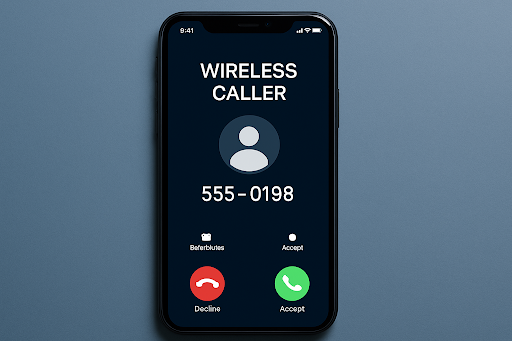
If you’re passionate about helping people recover from injuries and improve their mobility, a career as a physical therapist (PT) could be your perfect fit. But what if you want to enter the field quickly? In this guide, we’ll break down how to become a physical therapist fast and easy, using smart strategies, accelerated programs, and efficient preparation tips. While “fast” doesn’t mean skipping essential education, it does mean optimizing your path.
What Does a Physical Therapist Do?
Physical therapists work with patients to restore movement, manage pain, and prevent further injury. You’ll often find them in hospitals, outpatient clinics, rehab centers, or even patients’ homes. Unlike Physical Therapist Assistants (PTAs), PTs must hold a Doctor of Physical Therapy (DPT) degree and pass licensing exams.
Educational Requirements for a Physical Therapist
To legally practice as a PT in the U.S., you must:
- Earn a Bachelor’s degree (usually in health sciences or related fields)
- Complete a Doctor of Physical Therapy (DPT) program (usually 3 years)
- Pass the National Physical Therapy Exam (NPTE)
- Fulfill state-specific licensure requirements
Tip: Choosing the right major—like kinesiology, biology, or exercise science—can make your DPT journey smoother.
Read More Article: How to Open a Blocked Ear at Home
Fast-Track Options: How to Speed Up Your PT Journey
Want to shave years off your timeline? Here are proven fast-track routes:
1. 3+3 Dual Degree Programs
Some universities offer combined Bachelor’s and DPT programs. You’ll finish both degrees in six years instead of seven or more.
2. Direct Entry DPT Programs
If you know early on that you want to be a PT, direct entry programs allow you to apply out of high school and streamline the entire process.
3. Bridge Programs for PTAs or Kinesiology Majors
Already have healthcare experience? Some schools offer accelerated bridge programs for PTAs or those with degrees in kinesiology or athletic training.
4. Online and Hybrid DPT Programs
While rare and competitive, some programs allow part of your coursework online—ideal for those balancing work or family.
Pro Tips to Become a Physical Therapist Quickly
Here’s how to fast-track your journey the smart way:
- Start Early in High School: Take AP Biology, Chemistry, and Anatomy to earn early college credits.
- Choose an Efficient Undergrad Major: Health sciences or kinesiology align well with PT school prerequisites.
- Volunteer in Clinics: Shadowing physical therapists shows commitment and may reduce observation hour requirements.
- Prep for the GRE Smartly: Some DPT programs require the GRE—prep early to avoid delays.
- Apply Strategically: Look for schools with rolling admissions or higher acceptance rates.
Comparing the Easiest Routes to Become a PT
If you’re looking for the easiest way to become a physical therapist, consider:
- PTA to DPT Bridge Programs: You already have patient care experience.
- International PT to U.S. License Conversion: Some trained PTs from abroad can skip parts of U.S. education.
- Healthcare Professionals Transitioning to PT: Nurses, athletic trainers, and chiropractors may already meet many prerequisites.
Note: These paths aren’t shortcuts—but they may reduce redundancy and time.
Common Myths About Fast PT Education
Let’s bust some myths:
- ❌ “You can become a PT in 2 years” — Not true. A DPT program alone takes around 3 years.
- ❌ “Online degrees are easier” — They are flexible, but equally rigorous.
- ❌ “You don’t need a doctorate” — The DPT is mandatory to practice.
Pros and Cons of a Fast-Track PT Path
Pros:
- Enter the workforce sooner
- Reduce tuition and debt
- Stay motivated with a shorter academic timeline
Cons:
- Heavy academic load
- Less room for flexibility or breaks
- Higher stress during clinicals
Frequently Asked Questions
How long does it take to become a physical therapist?
Typically, 7 years: 4 years undergrad + 3 years DPT. Fast-track programs may reduce it to 6.
Can I become a PT without a DPT?
No. The DPT is a licensing requirement in the U.S.
Is there a 2-year PT program?
Not for PTs. Only PTAs can train in about 2 years.
What’s the easiest way to become a physical therapist?
For many, the easiest path is a 3+3 program or transitioning from a PTA role.
Final Thoughts
Becoming a physical therapist isn’t “easy” in the traditional sense—but it can be faster if you plan wisely. From choosing the right undergraduate major to applying to accelerated DPT programs, you can become a physical therapist fast and easy by taking the most efficient route available to you.
Ready to take the next step? Start exploring accredited DPT programs today and build your future in physical therapy.


